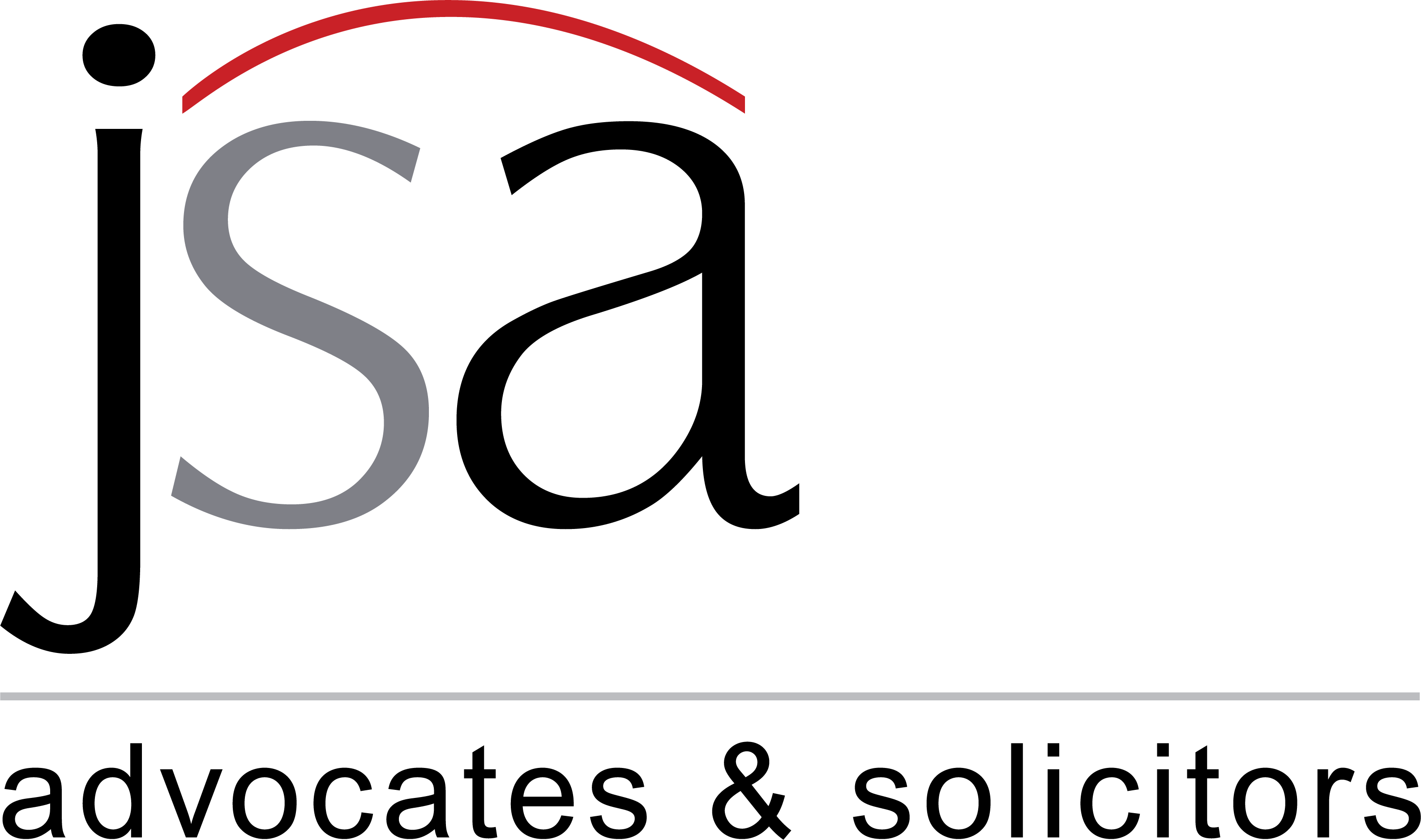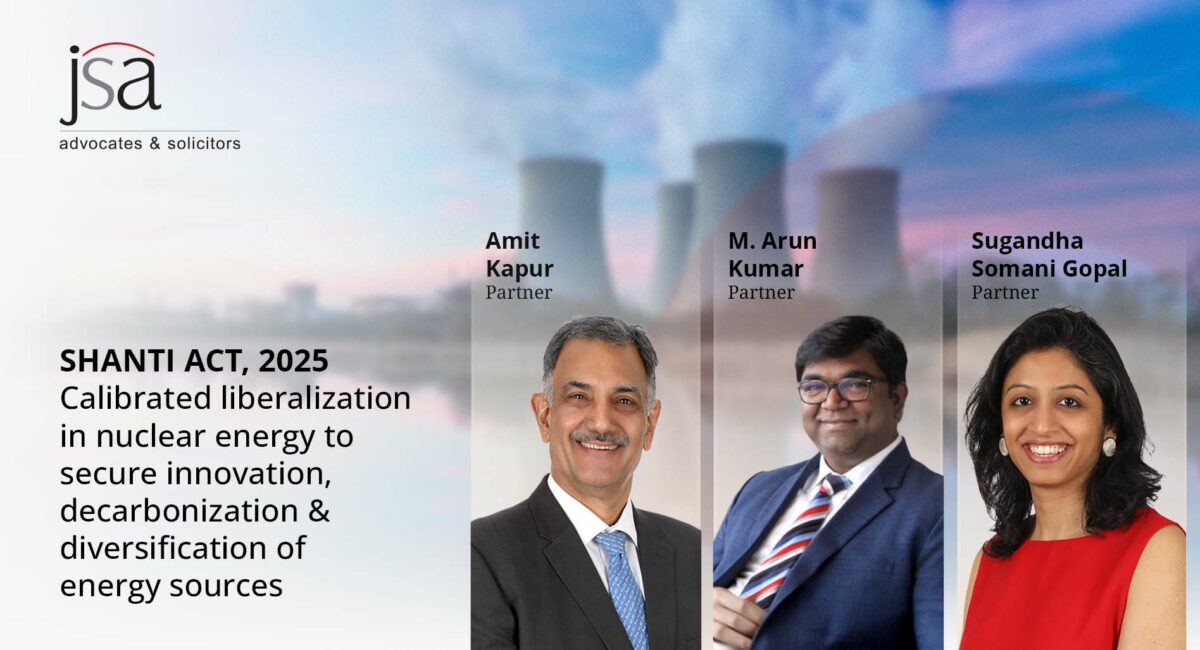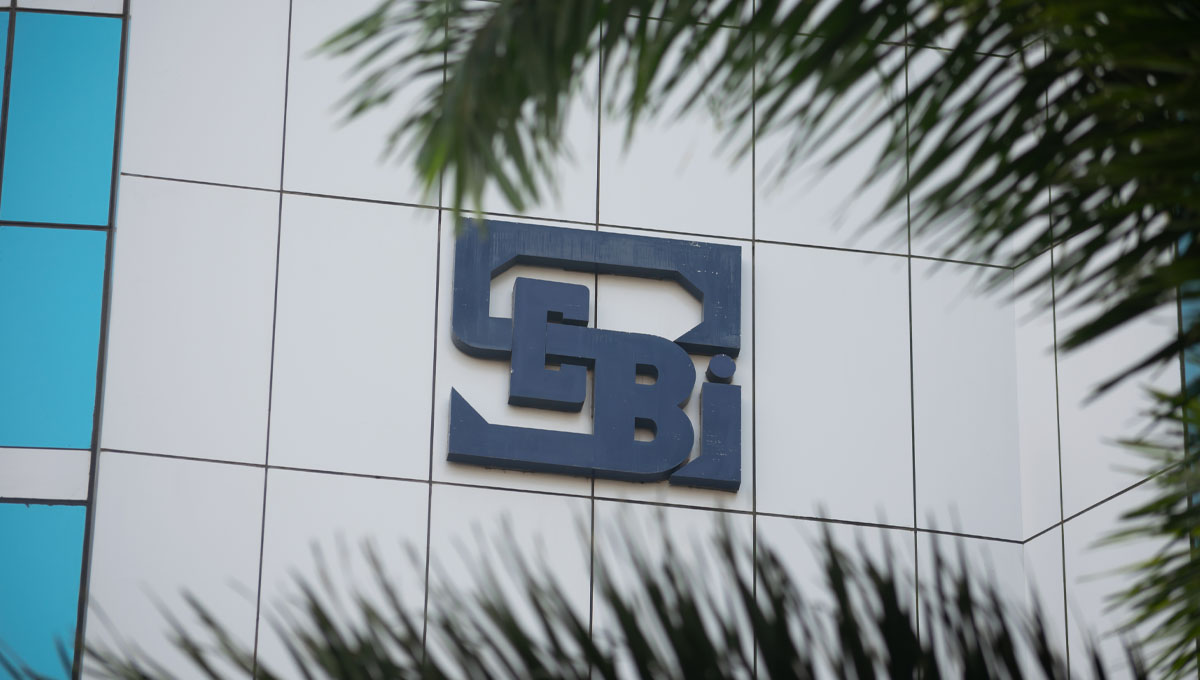Please click here to download the Prism as a PDF.
Extended Producer Responsibility framework introduced for non-ferrous metal scrap under hazardous waste rules
The Ministry of Environment, Forest and Climate Change (“MoEFCC”), on July 1, 2025, notified the Hazardous and Other Wastes (Management and Transboundary Movement) Second Amendment Rules, 2024 (“EPR Amendment Rules”), introducing a comprehensive Extended Producer Responsibility (“EPR”) framework for scrap of non-ferrous metals such as aluminium, copper, zinc, and their alloys. The EPR Amendment Rules, which will come into force from April 1, 2026, aim to improve traceability, incentivise recycling, and reduce environmental damage caused by improper handling and disposal of metal scrap. A centralised certificate-based mechanism has been introduced, supported by an online portal, to ensure compliance, monitor flows, and enable trading of EPR obligations.
Salient features
- Scope and applicability: The EPR framework covers products made of non-ferrous metals as listed in Schedule X (e.g., aluminium cans, packaging foils, doors, wires, electrical fittings, motors, furniture). It applies to producers, manufacturers, recyclers, refurbishers, collection agents, and bulk consumers.
- Mandatory registration: All stakeholders (e.g., manufacturer, producer, collection agent, refurbisher, and recycler) in the value chain must register with the Central Pollution Control Board (“CPCB”) through a dedicated portal. Entities undertaking multiple roles (e.g., producer and recycler) must register under each category separately. Unregistered entities are barred from operating or transacting under the EPR regime.
- Recycling obligations for producers: Producers must meet annual recycling targets (10% in FY 2026–27, gradually increasing to 75% from FY 2032–33 onwards), based on the average life of products sold in earlier years. Fulfilment is permitted through in-house recycling or by purchasing EPR certificates from registered recyclers.
- Refurbishing incentives and credits: Certain products (e.g., electrical fittings, motors, transformers) listed in Schedule XII are eligible for refurbishing. Refurbishers can generate certificates that allow producers to defer a portion of their EPR obligation, promoting reuse over recycling. Only 75% of the deferred quantity is reinstated after the extended life ends.
- Generation and trading of EPR certificates: CPCB will issue EPR certificates to recyclers based on output and defined conversion factors. Certificates are valid for 2 (two) years and tradable within a price band (30%–100% of environmental compensation for non-fulfilment of extended producer responsibility obligation) via a CPCB-approved exchange platform. Refurbishing certificates also qualify for compliance.
- Minimum recycled content requirements: From FY 2028–29, manufacturers must use a minimum percentage of domestically recycled metals (5%–25%, depending on metal type and year) in new products. Exemptions are allowed on technical or statutory grounds.
- Centralised online portal: A CPCB-operated portal will serve as the single-point system for registration, return filing, certificate transactions, and compliance monitoring. It will be operational within 6 (six) months from the enforcement date.
- Compliance obligations and penalties: Half-yearly and annual returns must be filed by all registered entities. Failure to comply may lead to revocation of registration, imposition of environmental compensation, or both. Compensation paid may be partially refunded if compliance is subsequently achieved.
- Roles of CPCB and State authorities: CPCB will develop standard operating procedures (SOPs), technical guidelines, audit formats, pricing bands, and conduct inspections. State Pollution Control Boards and local authorities must support infrastructure development, awareness, and compliance monitoring.
- Steering Committee oversight: A multi-stakeholder Steering Committee chaired by the chairperson of CPCB along with other members, will oversee implementation, revise recycling targets, resolve disputes, and recommend amendments to the Central Government.
Conclusion
The EPR Amendment Rules establish a first-of-its-kind market-based mechanism for the management of non-ferrous metal scrap in India. By mandating traceability, registration, and certificate-based compliance, the framework is expected to enhance material recovery, reduce environmental harm, and align with India’s broader circular economy goals. Stakeholders should begin evaluating their obligations under the EPR Amendment Rules and prepare systems for registration, reporting, and participation in certificate markets ahead of the April 2026 enforcement date.
This Prism has been prepared by:
|
Vishnu Sudarsan |

Sugandha Somani Gopal |
Vihaan Pathak |
For more details, please contact [email protected].












